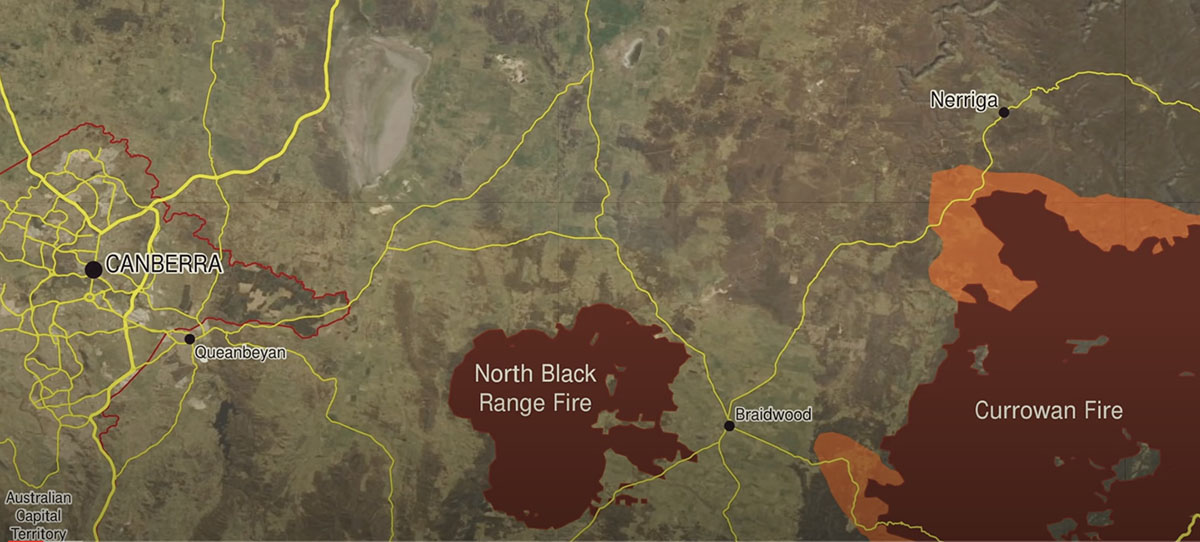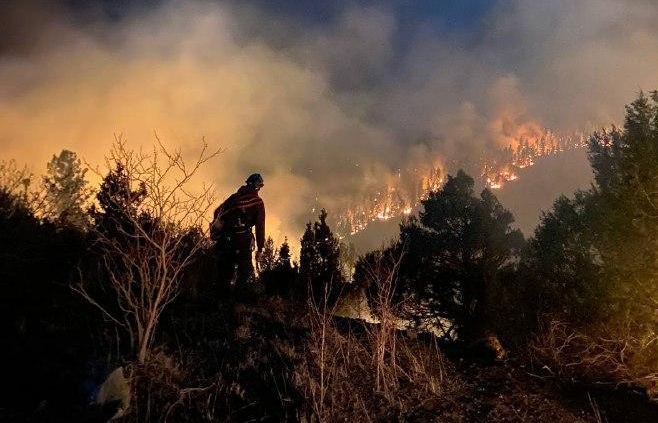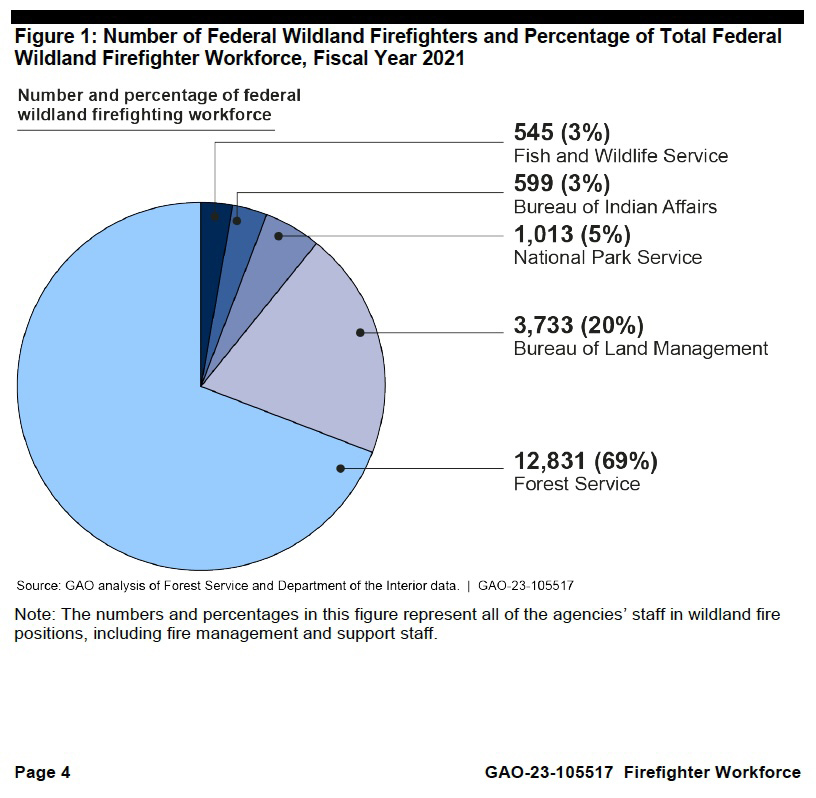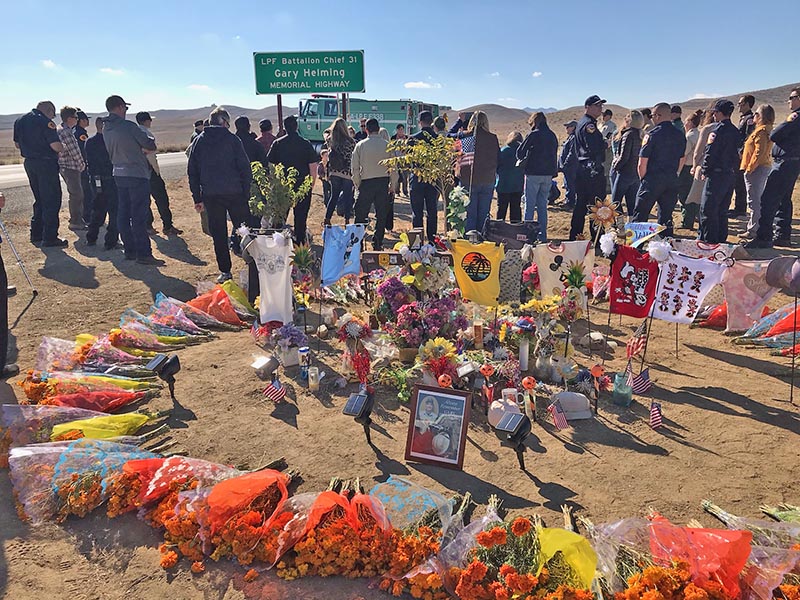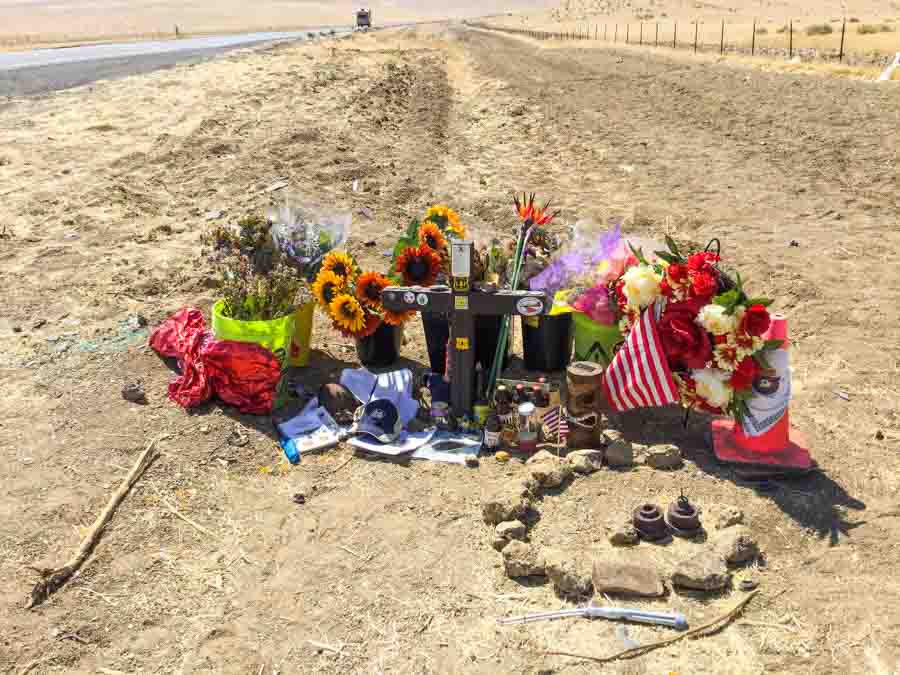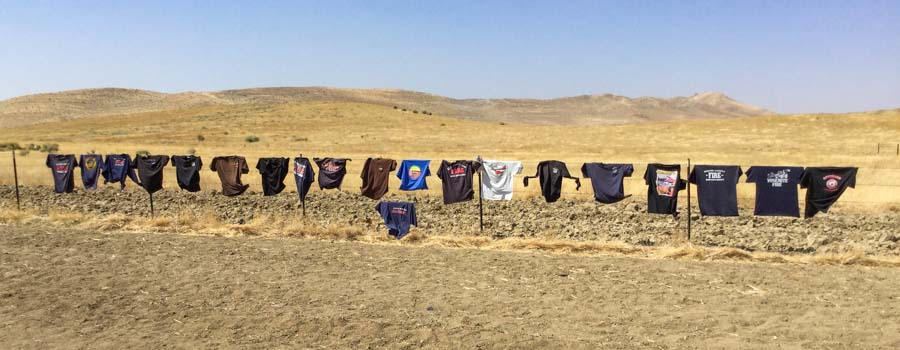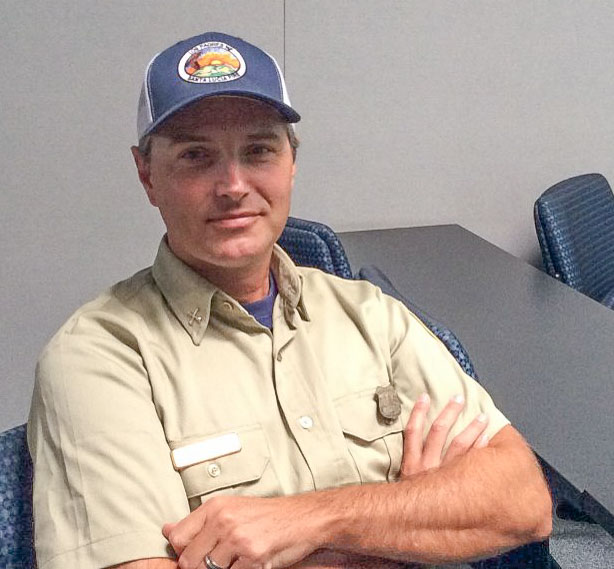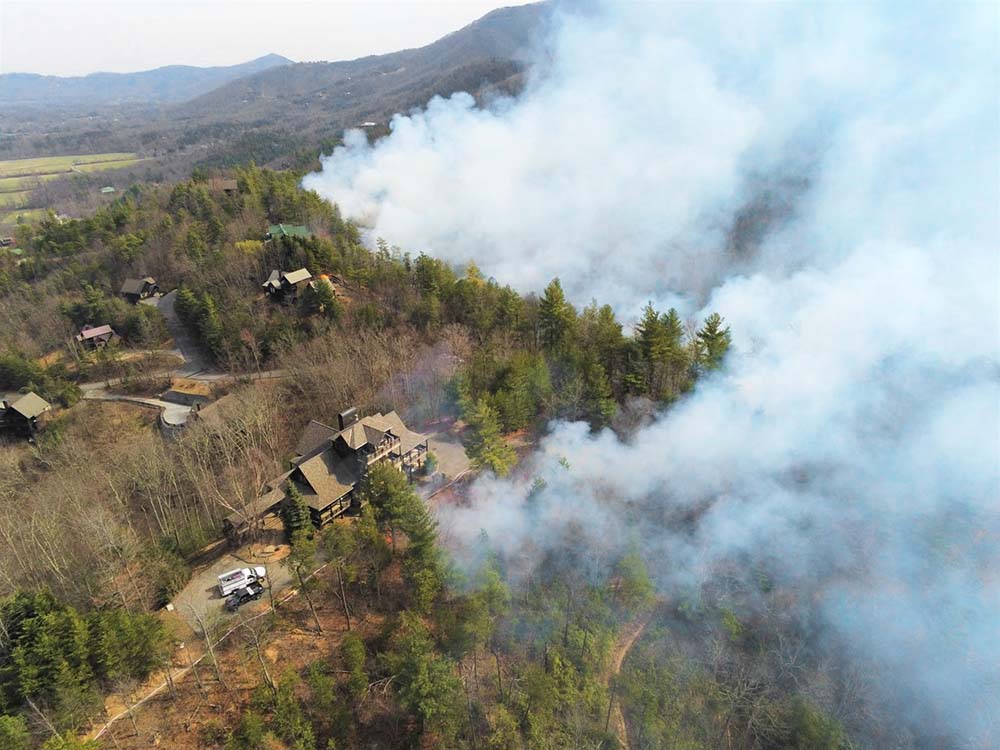
Late Thursday night just before beginning their state work period the Senate passed a bill that will allow injured or disabled federal firefighters to remain in a 6C enhanced retirement position. They will continue receiving federal retirement benefits in the same manner as though they had not been disabled.
H.R.521, the First Responder Fair RETIRE Act, had already been passed by the House so its next step is the desk of the President.
Currently, federal law enforcement officers, firefighters, nuclear material couriers, and others are enrolled in and pay into a system whereby they may retire at the age of 57 or after 20 years of service. After all, “These are by definition high risk jobs,” said Rep. Carolyn Maloney (D-N.Y.).
Connolly, a former county supervisor, explained that federal first responders are qualified under the law creating enhanced retirement system for an annuity after serving 20 years, but their annuity amount is calculated at a higher rate than other federal employees, recognizing the risks they take. “Unfortunately, not all federal first responders can complete those 20 years of service,” she added.
On the House floor during a short debate, Connolly described the experience of a smokejumper who parachuted out of a plane in 1985 and landed in a tree, was dropped 80 feet and broke his back in five places: “He died twice before he could be revived and evacuated,” Connolly noted. Ten years into his career, the firefighter chose to work in another position “but the reward for his bravery and his injury and service was his removal from the retirement system.”

